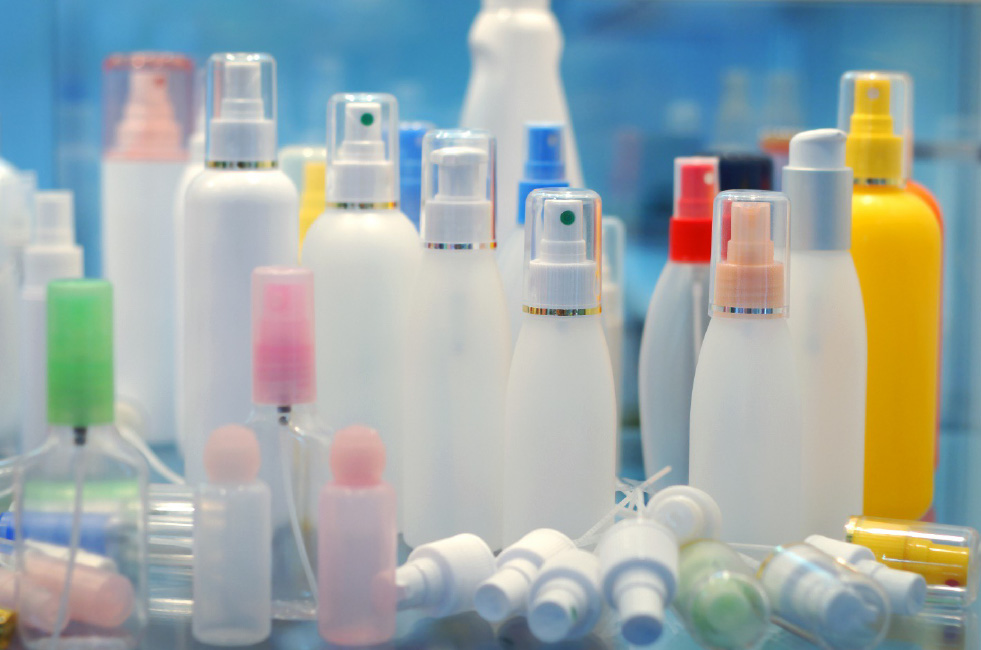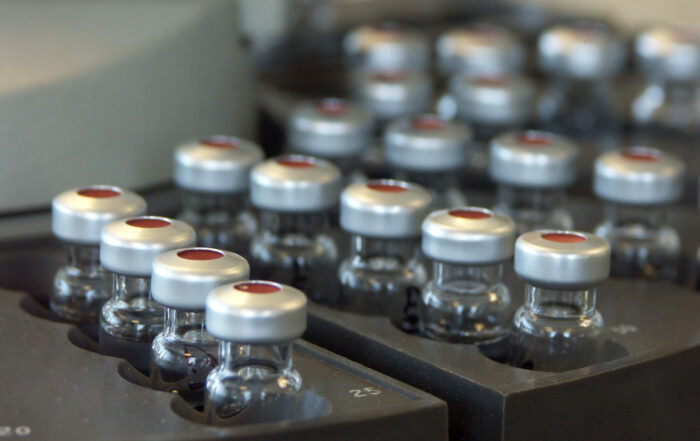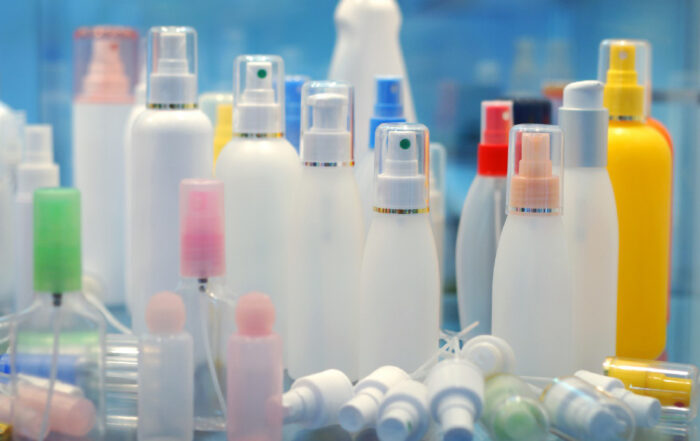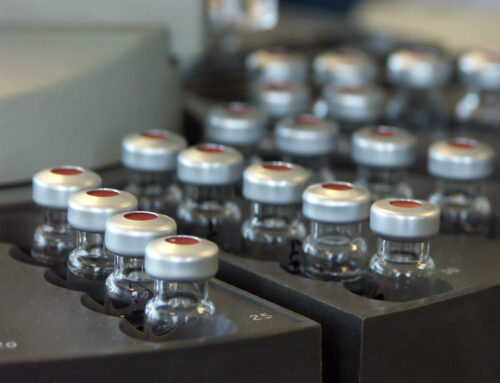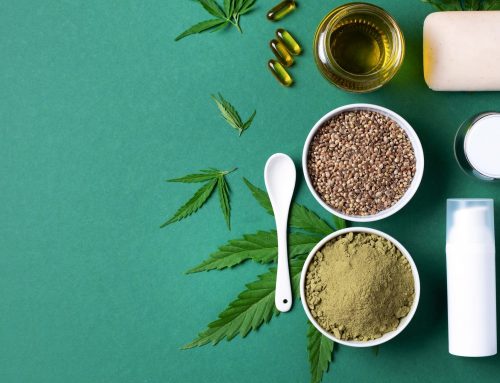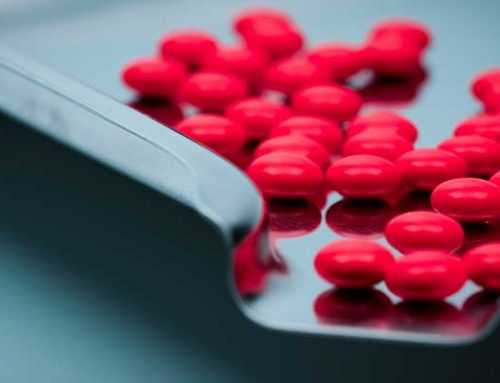In the pharmaceutical industry, ensuring the safety, efficacy, and quality of products is of paramount importance. One key aspect of this is the proper use and testing of plastic materials and packaging systems that come into direct contact with pharmaceuticals. The United States Pharmacopeia (USP) has developed guidelines to ensure that plastic materials and packaging systems meet strict standards. Specifically, USP General Chapter <661.1> addresses the requirements for testing plastic materials, while USP General Chapter <661.2> focuses on the entire plastic packaging system.
Both chapters fall under the umbrella of USP General Chapter <659>, which defines the broader expectations for packaging and storage of pharmaceuticals. Together, these guidelines form a critical component of current Good Manufacturing Practices (cGMP) in Canada, the United States, and other regulatory jurisdictions. This article will explore the importance of USP 661.1 and 661.2, as well as regulatory expectations and analytical testing requirements to maintain compliance.
What is USP 661.1 and USP 661.2?
USP 661.1: Plastic Materials of Construction
USP General Chapter <661.1> defines the requirements for the testing and qualification of plastic materials that are used to construct pharmaceutical packaging. This chapter outlines several critical tests, including:
- Biocompatibility: Ensuring that the material is non-toxic and safe for use in direct contact with pharmaceuticals.
- Physicochemical Testing: Evaluating the interaction between the plastic material and the pharmaceutical, ensuring no harmful leachables or extractables.
- Thermal Analysis: Assessing the thermal properties of the plastic to ensure it can withstand storage and transport conditions without degradation.
These tests ensure that the raw plastic materials are suitable for their intended use and provide a baseline for evaluating their performance in real-world pharmaceutical applications.
USP 661.2: Plastic Packaging Systems for Pharmaceutical Use
While USP 661.1 addresses the plastic material itself, USP 661.2 focuses on the entire plastic packaging system. This includes not only the material but also its functional components, such as closures, caps, and seals. Testing under USP 661.2 ensures that the packaging system maintains the integrity of the drug product, protecting it from contamination, degradation, or interaction with the packaging material. Key testing requirements under USP 661.2 include:
- Container-closure integrity testing: Ensuring that the packaging system can protect the pharmaceutical product throughout its shelf life.
- Environmental stress testing: Evaluating the packaging’s ability to maintain its performance under various environmental conditions (temperature, humidity, etc.).
These tests ensure that the packaging system is safe, reliable, and compliant with regulatory standards.
USP 659 and Regulatory Expectations
USP General Chapter <659> serves as the overarching guideline for pharmaceutical packaging, outlining the essential attributes of containers, closures, and packaging systems. It covers storage conditions, labeling, and packaging requirements, setting the framework for maintaining drug quality and compliance.
For pharmaceutical manufacturers, packagers, importers, and distributors in both Canada and the United States, compliance with these USP standards is vital. USP chapters like 661.1 and 661.2 play a significant role in meeting regulatory expectations outlined by:
- FDA (United States Food and Drug Administration)
- Health Canada
Both regulatory bodies require adherence to current Good Manufacturing Practices (cGMP), which ensure that drugs are consistently produced and controlled to meet quality standards. cGMPs require pharmaceutical companies to validate their processes and materials, including packaging systems, to demonstrate compliance with regulatory expectations.
Analytical Testing Requirements to Maintain Compliance
Pharmaceutical companies must perform rigorous analytical testing to meet the requirements of USP 661.1 and 661.2. Some critical testing methodologies include:
- Extractables and Leachable Testing:
One of the most important aspects of maintaining compliance with USP standards is performing extractables and leachables (E&L) testing. This involves testing for potentially harmful chemicals that may leach from the plastic material into the pharmaceutical product over time. Extractables testing is done under exaggerated conditions to identify potential risks, while leachables testing is performed under real-world conditions. Analytical methods such as gas chromatography-mass spectrometry (GC-MS) and high-performance liquid chromatography (HPLC) are commonly used. - Container-Closure Integrity Testing:
Ensuring that a packaging system is fully sealed and capable of maintaining the sterility and stability of a drug product is critical. Common methods include dye ingress, vacuum decay, and bubble emission testing. - Physicochemical and Mechanical Testing:
This includes tests like pH, non-volatile residue, and mechanical strength testing to ensure that the material maintains its properties over time. Thermogravimetric analysis (TGA) and differential scanning calorimetry (DSC) are often used to assess the thermal properties and stability of the plastic material. - Biological Reactivity Testing:
USP 661.1 outlines the need for biological reactivity tests, particularly in cases where the plastic material may have direct contact with injectable products. Biological reactivity testing ensures that the plastic does not cause adverse reactions in humans.
GMP Requirements for Canada and the United States
In both Canada and the United States, cGMP regulations govern the manufacturing, packaging, labeling, and distribution of pharmaceutical products. Compliance with these regulations requires strict adherence to USP guidelines, including 661.1 and 661.2.
- In the United States, the FDA mandates compliance with 21 CFR Part 211, which outlines the minimum requirements for drug product quality, including packaging and labeling.
- In Canada, Health Canada enforces cGMPs under Division 2 of the Food and Drug Regulations, which align closely with international standards.
Both regulatory frameworks require that pharmaceutical companies validate their packaging systems and demonstrate that they meet the relevant USP requirements for plastic materials and packaging systems. Failure to comply can result in product recalls, fines, or even facility shutdowns.
Conclusion
The importance of USP 661.1 and USP 661.2 in pharmaceutical manufacturing and packaging cannot be overstated. These chapters ensure that the plastic materials and packaging systems used to contain pharmaceutical products meet stringent safety, quality, and compliance standards. Adhering to the guidelines in these chapters is not only a regulatory requirement but also a vital part of ensuring patient safety and product efficacy.
Related Posts
The Essential Elements of a Stability Program for Pharmaceuticals: A Comprehensive Guide Using ICH Guidelines and ISO Standards
Stability programs are critical for ensuring the safety, efficacy, and quality of pharmaceutical, food, and cosmetic products throughout their shelf lives. For pharmaceuticals, adherence to the International Council for Harmonization (ICH) guidelines is a [...]
The Importance of USP 661.1 and USP 661.2 in Pharmaceutical Manufacturing and Packaging Compliance
In the pharmaceutical industry, ensuring the safety, efficacy, and quality of products is of paramount importance. One key aspect of this is the proper use and testing of plastic materials and packaging systems that [...]
Canadian Analytical Laboratories granted license to conduct analytical testing for Psilocybin and Psilocin
MISSISSAUGA, January 5, 2022 / Canadian Analytical Laboratories (“CAL” or “the Company”) a leading provider of analytical testing, method development, validation and research services to the regulated health and food products industries in Canada today announced that the [...]


